Tag: folding stool
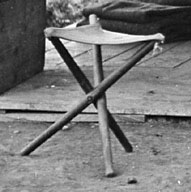 Wikipedia says: A stool is one of the earliest forms of seat furniture. It bears many similarities to a chair. It consists of a single seat, for one person, without back or armrests (in early stools), on a base of a stool there are either one , two, three or four legs. A stool is generally distinguished from chairs by their lack of arms and a back. Variants exist with one, two or five legs and these various stools are referred to by some people as “backless chairs”. Some modern stools have backs. Folding stools can become flat, typically by rotating the seat to be parallel with fold-up legs.
Wikipedia says: A stool is one of the earliest forms of seat furniture. It bears many similarities to a chair. It consists of a single seat, for one person, without back or armrests (in early stools), on a base of a stool there are either one , two, three or four legs. A stool is generally distinguished from chairs by their lack of arms and a back. Variants exist with one, two or five legs and these various stools are referred to by some people as “backless chairs”. Some modern stools have backs. Folding stools can become flat, typically by rotating the seat to be parallel with fold-up legs.
Some stools are designed with three legs; because three points define a plane, these will not wobble, even if placed on an uneven floor.
The origins of stools are lost in time although they are known to be one of the earliest forms of wooden furniture. The diphros was a four-leg stool in Ancient Greece, available in both fixed and folding versions. Percy Macquoid claims that the turned stool was introduced from Byzantium by the Varangian Guard, and thus through Norse culture into Europe, reaching England via the Normans.
In the medieval period, seating consisted of benches, stools a
nd the very rare examples of throne-like chairs as an indication of status. These stools were of two forms, the boarded or Gothic stool, a short bench with two board-like feet at the ends and also the simple turned stool. Turned stools were the progenitor of both the turned chair and the Windsor chair. The simplest stool was like the Windsor chair: a solid plank seat had three legs set into it with round mortice and tenon joints. These simple stools probably used the green woodworking technique of setting already-dried legs into a still-green seat. As the seat dries and shrinks, the joints are held tight. These legs were originally formed by shaving down from a simple branch or pole, later examples developed turned shapes.
Artefacts of the three-legged stools are extant from the 17th century, as is an illustration of an early turned stool of this period. One of the uses for three-legged stools is for farm workers in milking cows.
Later developments in the 17th century produced the joined stool, using the developing techniques of joinery to produce a larger box-like stool from the minimum of timber, by joining long thin spindles and rails together at right angles.
Showing 1–16 of 205 resultsSorted by latest
-
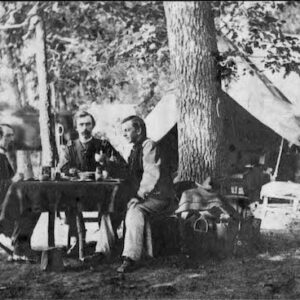
Image ID: AZDA
$0.99 -
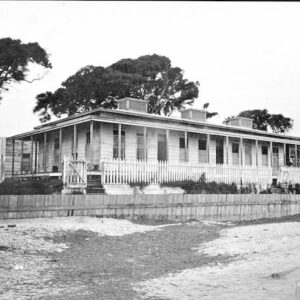
Image ID: AZBU
$1.99 -
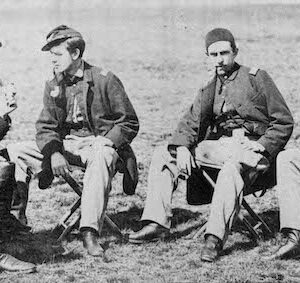
Image ID: AYRS
$0.99 -

Image ID: AYSP
$5.99 -
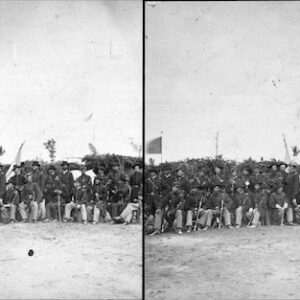
Image ID: AYTA
$5.99 -
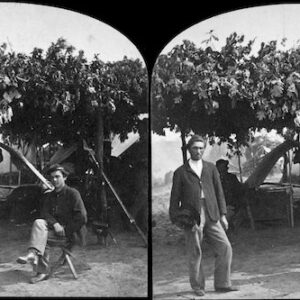
Image ID: AYTG
$5.99 -
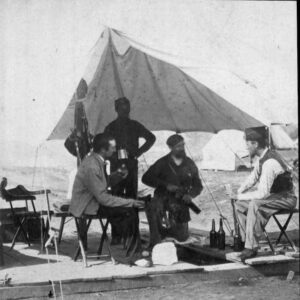
Image ID: AYMR
$0.99 -
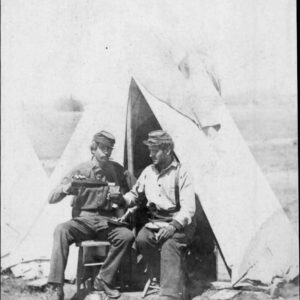
Image ID: AYMS
-
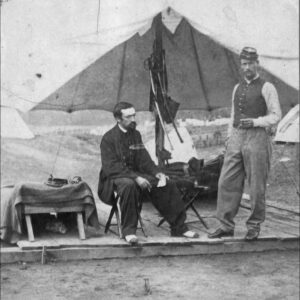
Image ID: AYMT
$0.99 -
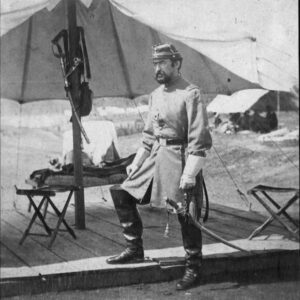
Image ID: AYMU
$0.99 -
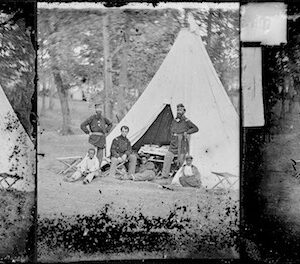
Image ID: AHAY
$0.99 – $3.99 This product has multiple variants. The options may be chosen on the product page -
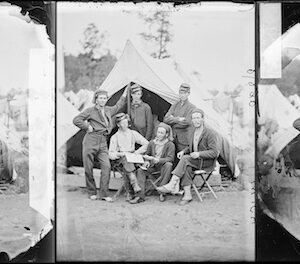
Image ID: AHBD
$3.99 -

Image ID: AHBM
$3.99 This product has multiple variants. The options may be chosen on the product page -
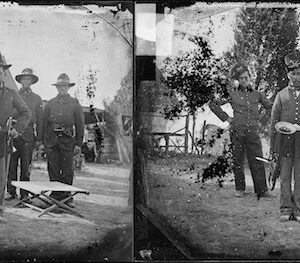
Image ID: AHCP
$3.99 -
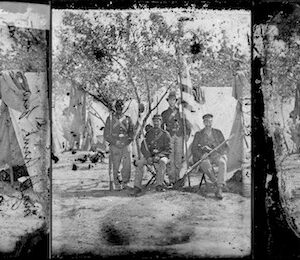
Image ID: AGZG
$3.99 This product has multiple variants. The options may be chosen on the product page -
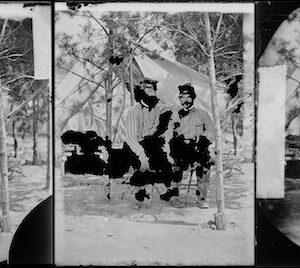
Image ID: AHAC
$3.99